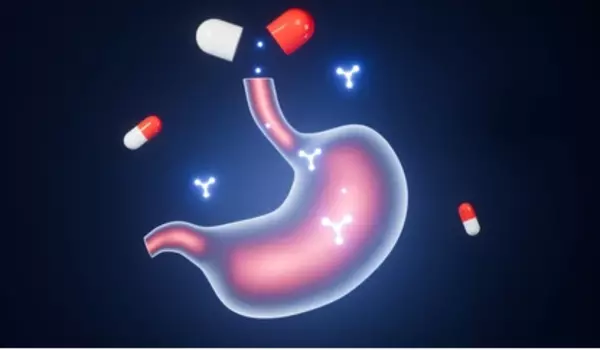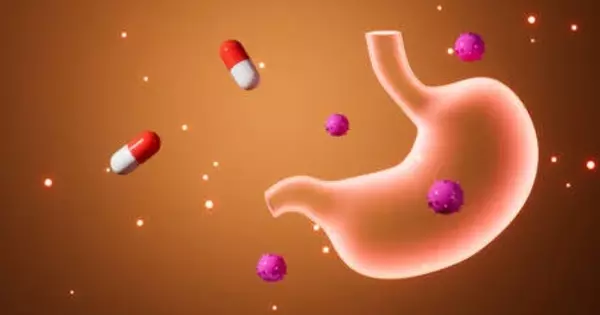There is some evidence to suggest that body posture can affect the absorption of oral drugs. For example, it has been shown that the rate of drug absorption can be influenced by the position of the body during and after drug administration. In general, drugs are absorbed more quickly when the body is in an upright position because gravity helps to move the drug through the digestive system. On the other hand, absorption may be slower when the body is in a lying-down position.
Orally, by swallowing a pill or capsule, is a common, cost-effective, and simple method of drug administration. However, oral administration is the most complicated way for the human body to absorb an active pharmaceutical ingredient because drug bioavailability in the gastrointestinal tract is dependent on the medication’s ingredients as well as the stomach’s dynamic physiological environment.
Researchers from Johns Hopkins University and Johns Hopkins School of Medicine use a biomimetic in-silico simulator based on the realistic anatomy and morphology of the stomach – dubbed “StomachSim” – to investigate and quantify the effect of body posture and stomach motility on drug bioavailability in Physics of Fluids, published by AIP Publishing.
Oral administration is surprisingly complex despite being the most common choice for drug administration. When the pill reaches the stomach, the motion of the stomach walls and the flow of contents inside determine the rate at which it dissolves. The properties of the pill and the stomach contents also play a major role.
Rajat Mittal
“Oral administration is surprisingly complex despite being the most common choice for drug administration,” said co-author Rajat Mittal. “When the pill reaches the stomach, the motion of the stomach walls and the flow of contents inside determine the rate at which it dissolves. The properties of the pill and the stomach contents also play a major role.”
“However, current experimental or clinical procedures for assessing the dissolution of oral drugs are limited in their ability to study this, making it difficult to understand how dissolution is affected in different stomach disorders, such as gastroparesis, which slows down stomach emptying.”
Stomach contents, motility, and gastric fluid dynamics all play a role in drug bioavailability, and stomach contractions can induce pressure and generate complex pill trajectories. This causes varying rates of pill dissolution and nonuniform drug emptying into the duodenum, as well as gastric dumping in the case of modified-release dosage.
Together, these issues pose several challenges for the design of drug delivery.

“In this paper, we show a novel computer simulation platform that has the potential to overcome these limitations,” Mittal said. “Our models can generate bio relevant drug dissolution data that can provide useful and unique insights into the complex physiological processes underlying pill administration.”
The modeling appears to be the first of its kind in that it combines gastric biomechanics with pill movement and drug dissolution to quantify an active pharmaceutical ingredient passing through the pylorus and into the duodenum. The researchers were able to use the model to calculate and compare the emptying rate and release of a dissolved active pharmaceutical ingredient into the duodenum in a variety of physiological situations.
However, it is important to note that the effect of body posture on drug absorption is likely to be small compared to other factors that can influence drug absorption, such as the formulation of the drug, the presence of food in the stomach, and individual differences in the gastrointestinal tract. Ultimately, the best way to ensure that you are receiving the full benefit of your medication is to take it as directed by your healthcare provider.















